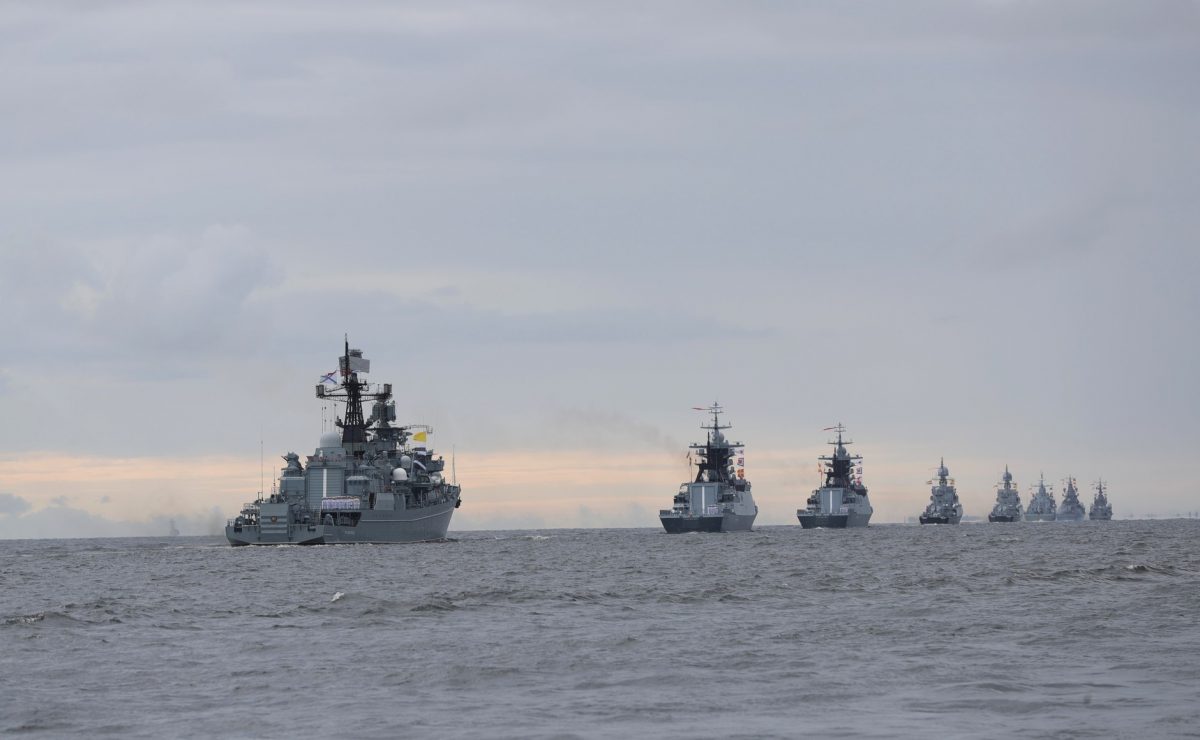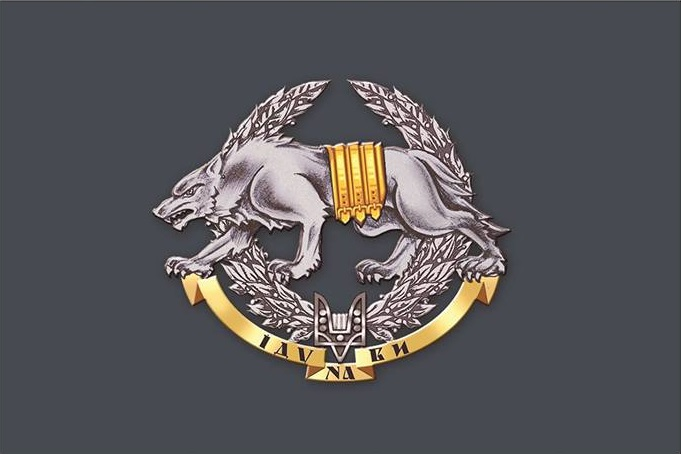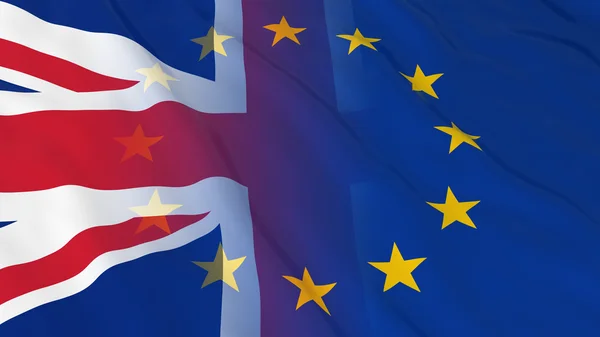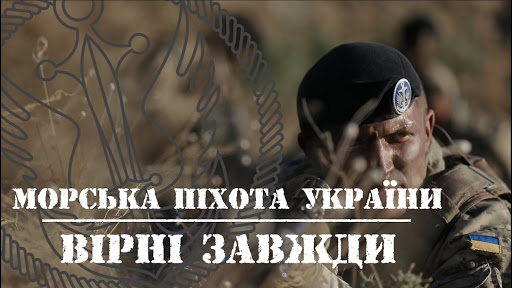One piece that caught our eye that we couldn’t miss was an article by Commander Edward Black, Fellow of the First Sea Lord, and Dr Sidharth Kaushal, Senior Fellow at Sea Power, on the importance of the Black Sea to European security. Their analysis reveals how the region remains key to Russia’s strategy, from oil and grain exports to geopolitical ambitions that threaten Ukraine and NATO. The hidden risks, such as the possibility of mining Odesa or blocking trade even after the ceasefire, are also highlighted.
Containing Russia requires a broader view than the threat from the North. The Black Sea plays a key role in Moscow’s strategy, affecting European security and economy.
Three years of war have exposed the weaknesses of the Russian Black Sea Fleet. It lost a third of its power and abandoned Sevastopol due to Ukrainian long-range strikes and drones. Turkey, applying the Montreux Convention, has restricted the warring parties’ access to the Bosphorus and the Dardanelles, creating barriers for both Russia and NATO. If the ceasefire eases these restrictions, Russian ships could find themselves “locked” in the region in the event of a new conflict.
Will the Black Sea become a secondary theatre? It is unlikely. It remains important for Russia – economically and strategically.
The Black Sea in the Kremlin’s plans
Russia exports 22% of its oil through Black Sea ports such as Novorossiysk and actively circumvents sanctions with a shadow fleet. But in ceasefire talks, Moscow insists on access to banking services for the agricultural sector. The ports of Novorossiysk and Taman are the main export hubs for grain and wheat. In 2024, agricultural exports brought Russia $43 billion, becoming the second most important after hydrocarbons.
For the Kremlin, agriculture is not just money, but a geopolitical tool. Population growth and climate change will increase demand for food in the Global South. Russia seeks to control these markets by undermining Ukraine’s exports. Food for the Middle East or Africa is a political weapon, as the Arab Spring has shown. And instability in the Sahel or Syria gives Russia leverage against NATO.
By the 2040s, when oil demand falls, the agricultural sector could partially compensate for the losses. If Moscow monopolises food supplies to OPEC countries, it will strengthen its position.
Threats after the war
Even with a ceasefire, Russia will continue to disrupt Ukrainian trade – as it did in the Sea of Azov with the Kerch Bridge. Covertly mining the approaches to Odesa or harassing ships are likely scenarios. If the ceasefire breaks down, Moscow could attack Odesa.
Maritime partnerships will be key for NATO and Ukraine. The UK-Ukraine 100-year agreement could help: minesweepers, autonomous systems and patrol ships would strengthen Kyiv. Turkey, controlling the straits, will remain an important player. Its navy and regional allies like Romania can deter Russia.
The Black Sea as a springboard
The Black Sea Fleet is a base for projecting Russia’s power beyond the region. It has supported operations in Syria and could increase its presence in Sudan or Libya. In a war with NATO, the fleet is capable of launching missile strikes and mining bottlenecks such as the Bosphorus. The growth of Ukraine’s long-range capabilities – from Storm Shadow to drones – will make it harder for Russia to act.
Verdict.
The Black Sea is not a periphery but the centre of Russia’s strategy. NATO, and Britain in particular, should invest in Ukraine and Turkey to limit the Kremlin’s freedom of action. A strong Ukrainian navy and Turkish dominance are key to stability in the region.
Author: Marianna Nyzhnia







